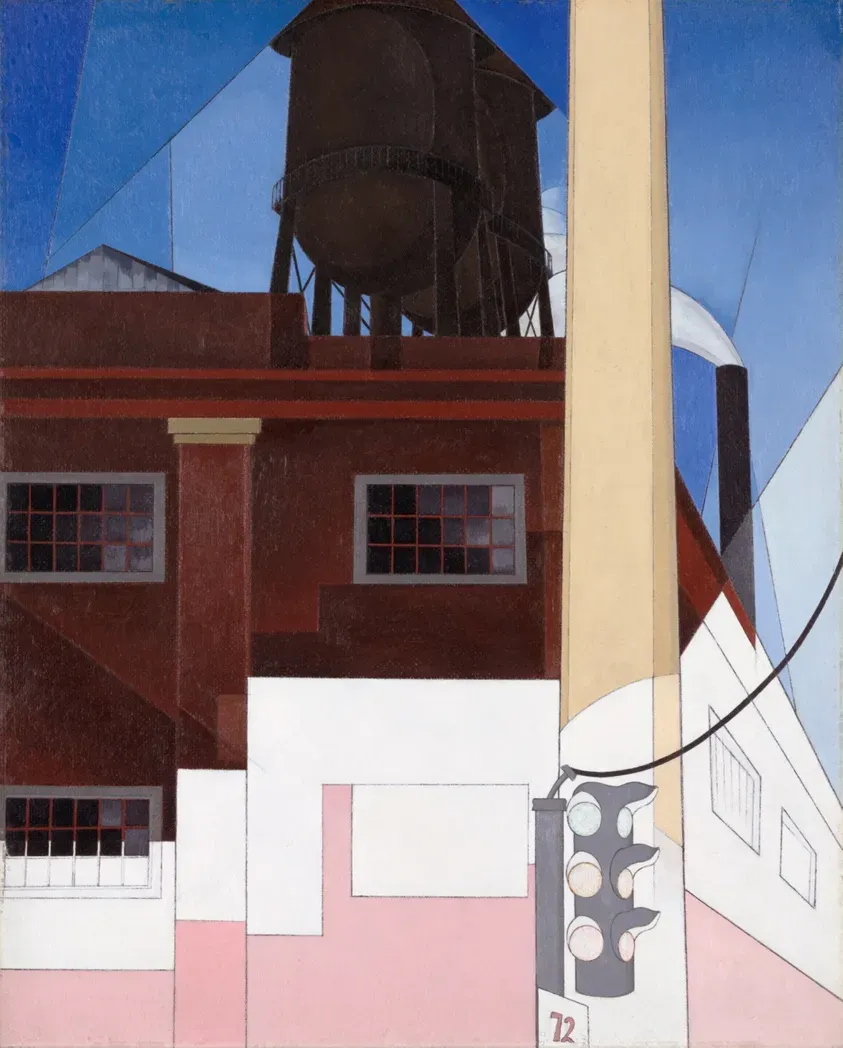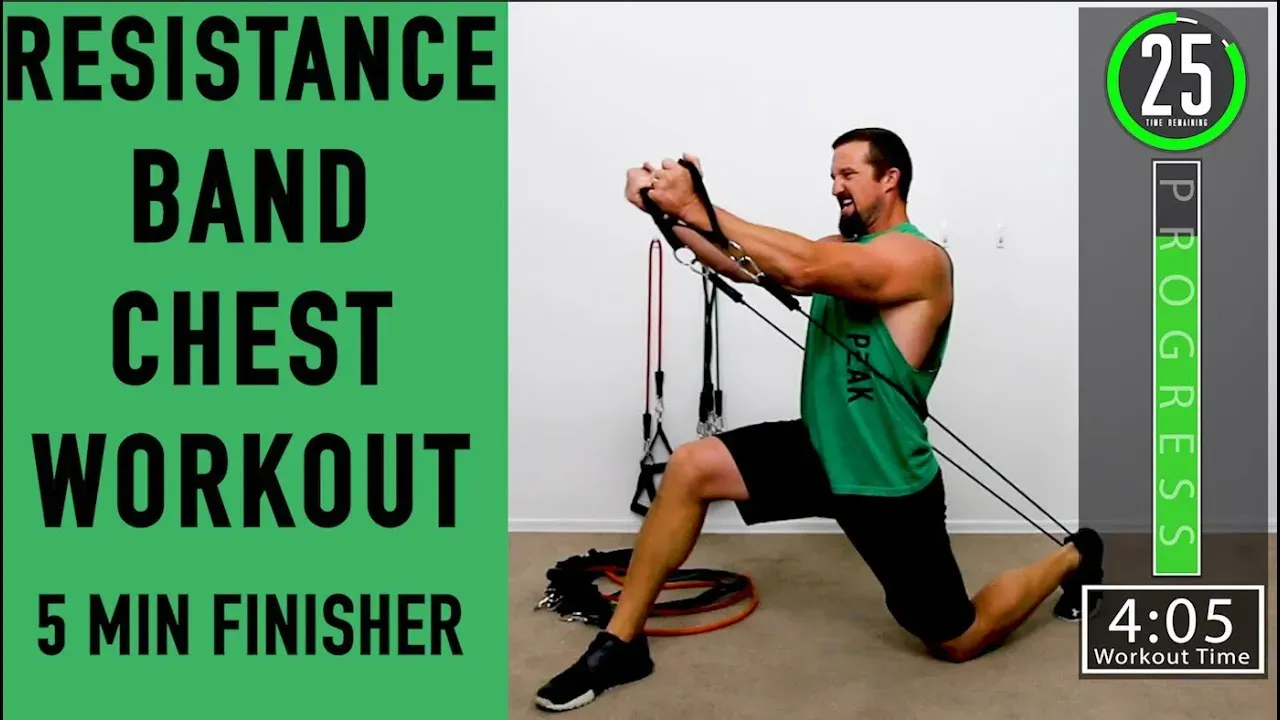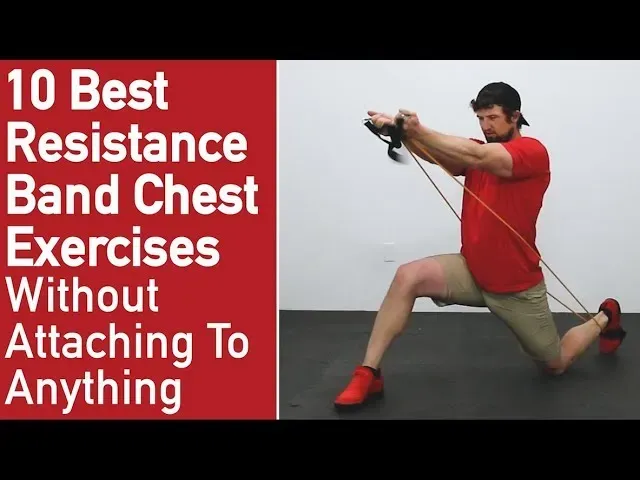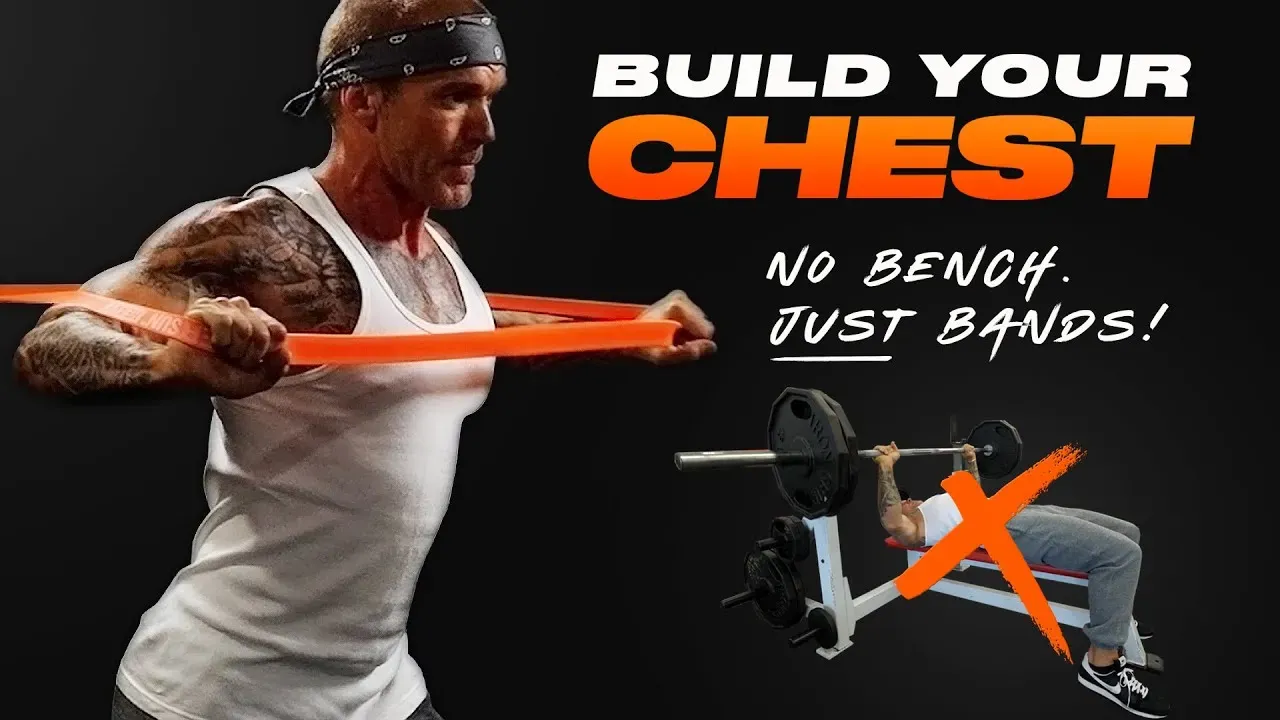Table of Contents
Tired of hitting the gym just for chest day? Maybe you're traveling, short on time, or just prefer the comfort of your own space. Building a strong, sculpted chest often feels impossible without heavy barbells and benches, but that's simply not the case. You can achieve impressive results with surprisingly simple tools.
Why Resistance Bands Are Your Home Chest Gym

Why Resistance Bands Are Your Home Chest Gym
Ditch the Commute, Embrace the Couch (Gym)
Let's be honest. Getting to a gym can feel like a second job sometimes. Traffic, parking, finding a locker that doesn't smell like old socks – it all adds up. That's where the beauty of resistance bands kicks in. They are the ultimate minimalist gym equipment.
Imagine rolling out of bed, grabbing a band, and getting a serious pump before your coffee even cools down. No waiting for a bench, no wiping down someone else's sweat. Just you, the band, and your chest muscles ready to work. This isn't some fluffy fitness trend; it's practical training for the time-crunched, the travel-happy, or anyone who just prefers not to share equipment.
The Resistance That Changes the Game
Unlike dumbbells or barbells, which provide constant resistance regardless of movement range, resistance bands offer what's called linear variable resistance. What does that mean in plain English? The further you stretch the band, the harder it gets. This isn't just a neat trick; it's a different way to challenge your muscles.
Think about a push-up. The hardest part is often at the bottom. With a resistance band wrapped around your back, the tension increases as you push up and your arms extend. This means the muscle is maximally challenged at its strongest point in the range of motion, potentially leading to different growth stimulus compared to free weights. It's like your muscles get a wake-up call at the very end of the movement.
Gentler on Joints, Tougher on Muscle Fibers
Putting your joints through the wringer with heavy weights isn't always the best long-term strategy. Resistance bands offer a more forgiving option. The tension is smooth and consistent, reducing the jarring impact often associated with lifting heavy iron, especially at the bottom of a lift.
This doesn't mean they're easy. Far from it. The constant tension throughout the movement forces your muscles to stabilize and control the motion, hitting smaller, often-neglected stabilizer muscles alongside the main chest movers. This comprehensive activation is a key reason why resistance band chest workout at home routines can be surprisingly effective for building strength and definition without beating up your body.
Getting Started: Gear for Your Resistance Band Chest Workout at Home

Getting Started: Gear for Your Resistance Band Chest Workout at Home
Picking Your Power Bands
so you're sold on the idea of a resistance band chest workout at home. Great. What do you actually need? The core component is, obviously, the bands themselves. You'll primarily want loop bands or tube bands with handles. Loop bands are those thicker, continuous loops often used for pull-up assistance or glute work, but they're fantastic for chest presses and flyes too when anchored correctly.
Tube bands usually come with clips on the ends, allowing you to attach handles or ankle straps. For chest work, handles are key. A good set will include bands of varying resistance levels, usually indicated by color. Don't cheap out here; quality bands last longer and provide more reliable tension. Look for brands with good reviews that mention durability.
Anchors Away: Securing Your Setup
You can't push against something that isn't stable, right? For many chest exercises, you'll need to anchor your bands. A sturdy door anchor is your best friend here. It's typically a nylon strap with a foam or plastic stopper that you thread through the hinge side of a door. Close the door, and you've got a solid anchor point at various heights.
Handles are also pretty crucial, especially with tube bands. They make gripping comfortable and natural, like holding a dumbbell handle. Some bands come with integrated handles, while others have clips for interchangeable ones. Make sure whatever handles you use feel secure and aren't going to snap mid-rep. Nobody wants a band whipping back at them.
Essential Gear Checklist:
- Set of varied resistance loop bands
- Set of varied resistance tube bands (optional, but good for variety)
- Secure door anchor
- Comfortable and sturdy handles (if not integrated)
- Maybe a mat for floor exercises
Finding the Right Tension
This is where it gets a bit like Goldilocks – not too hard, not too easy, but just right. Resistance bands are color-coded to indicate tension, but there's no universal standard. A 'medium' from one brand might be a 'light' from another. You need a range of bands to challenge your chest effectively. Start with a lighter band to master the form, then progress. You should feel significant resistance, especially as you reach the end of the movement, but still be able to complete your target number of reps with good control. Don't be afraid to double up bands or use a thicker one as you get stronger. The goal is progressive overload, just like with weights, to keep those chest muscles growing.
MustDo Resistance Band Chest Exercises for Your Home Routine

MustDo Resistance Band Chest Exercises for Your Home Routine
Alright, so you've got your bands and your anchor. Now comes the fun part: actually putting those chest muscles to work. Forget complicated maneuvers; the best exercises often mirror classic weightlifting movements, just adapted for the unique tension resistance bands provide. These are the bread and butter moves for your resistance band chest workout at home, hitting the pecs from various angles and giving you that satisfying pump.
Banded Push-Ups: The Bodyweight Booster
Everyone knows a push-up. It's a fundamental chest exercise. Adding a resistance band takes it from a bodyweight staple to a serious strength builder. Loop a band across your upper back, holding the ends under your hands. As you push up, the band stretches, making the top part of the movement, where your chest is fully contracted, significantly harder. It's brutal in the best possible way, forcing your chest, shoulders, and triceps to work against increasing tension.
Banded Chest Press: Horizontal Power
This is your home version of the bench press. Anchor a band securely behind you, either to a sturdy object or using a door anchor at chest height. Grab the handles, step forward to create tension, and perform a pressing motion straight out in front of your chest, like you're pushing a heavy door open. Keep your core tight and control the movement both on the press and the return. You can do this standing or kneeling.
Key Points for Pressing:
- Maintain a slight bend in your elbows.
- Don't let the band pull your shoulders too far back at the start.
- Focus on squeezing your chest muscles at the end of the press.
- Control the eccentric (lowering) phase; don't just let the band snap back.
Banded Chest Flyes: Widening the Net
Flyes are fantastic for hitting the outer sweep of the chest and getting a good stretch. Again, anchor the band behind you at chest height. With a slight bend in your elbows, bring the handles together in front of your chest in a wide arc, like you're hugging a giant tree. You should feel a strong contraction across your chest. Control the movement back to the starting position, resisting the band's pull.
Banded Incline Press: Targeting the Upper Pecs
Want to build that upper chest shelf? The incline press is your friend. Anchor the band lower down, perhaps at knee height or even floor level if using a door anchor. Step forward or kneel, bringing the handles up to chest height, then press upwards at an angle, following the line of an imaginary incline bench. This angle shifts the emphasis to the clavicular head of the pectoralis major, giving you that coveted upper chest fullness.
Designing Your Optimal Resistance Band Chest Workout at Home

Designing Your Optimal Resistance Band Chest Workout at Home
so you've got the gear and a few key exercises under your belt. Now, how do you actually stitch them together into a complete, effective resistance band chest workout at home? It's not rocket science, but it does require a bit of structure. Think of it like building a playlist for a road trip – you need a mix of heavy hitters and maybe some lighter tunes to keep things interesting and hit all the right notes. You're aiming for a routine that challenges your chest muscles sufficiently to stimulate growth and strength, typically hitting them two or three times a week, allowing for recovery in between sessions. You wouldn't just randomly do exercises; you'd select them based on the muscle groups you want to target and the overall volume you're aiming for.
Mastering Form and Safety for Your At Home Resistance Band Chest Workout

Mastering Form and Safety for Your At Home Resistance Band Chest Workout
Form First, Always
Look, bands are great, but they aren't magic. You can have the fanciest bands in the world, but if you're just flailing around, you're not hitting your chest effectively and you're asking for trouble. Proper form is non-negotiable, just like with free weights. It ensures you're targeting the right muscles – your pecs – and not just relying on momentum or letting your shoulders take over. Slow, controlled movements are key. Focus on the muscle contracting as you push or pull, and feel the stretch as you return to the start.
Think about the path your hands are taking, the angle of your arms, and keeping your core engaged. Don't rush through reps. The unique tension curve of bands means you need to actively control the band throughout the entire range of motion, especially as it tries to pull you back. This control builds stability and strength. If you feel pain, stop. It's not worth pushing through bad form.
Check Your Gear, Save Your Face
This might sound dramatic, but a snapped band can sting, or worse. Before every single resistance band chest workout at home session, take a few seconds to inspect your bands and anchors. Look for any nicks, tears, or weak spots in the rubber or fabric. Check the handles for cracks or wear where they connect to the band. If a band looks compromised, retire it. They aren't designed to last forever, and a few bucks for a new band is cheaper than a trip to the emergency room.
Your anchor point is just as crucial. Make sure the door is sturdy and closed securely if you're using a door anchor. Test the tension gently before going full force. If you're anchoring around furniture, ensure it's heavy and stable and won't tip over or slide. Don't use sharp edges that could cut the band. A little caution goes a long way in preventing painful accidents.
Safety Checklist for Your At Home Resistance Band Chest Workout:
- Inspect bands for damage before each use.
- Ensure anchor points are secure and stable.
- Use a controlled tempo for all exercises.
- Avoid letting bands snap back uncontrolled.
- Listen to your body; stop if you feel sharp pain.
Control the Tempo, Own the Movement
Bands offer resistance in both directions: the push/pull phase and the return phase. Don't just let the band yank your arms back to the starting position after you've completed the concentric (lifting) part of the movement. Control the eccentric (lowering) phase. This controlled negative motion is just as important for muscle growth and helps prevent injury. Aim for a tempo where the lowering phase takes about twice as long as the lifting phase.
This deliberate control also forces your muscles to work harder and stabilizes your joints. It's the difference between mindlessly going through the motions and truly engaging the muscle you're trying to build. Mastering this tempo and control is key to getting the most out of your resistance band chest workout at home and seeing real results.
Your Home Chest Gains Await
So, there you have it. Building a strong chest doesn't require a gym membership or a basement full of iron. A few resistance bands and some dedicated effort are all you need. We've walked through the logic behind bands, the essential movements, and how to piece it all together. Results aren't magical; they come from showing up and putting in the work with good form. Resistance bands offer a legitimate path to chest development, offering a different kind of challenge than traditional weights. Now, the only thing left is to actually do the workout. Stop making excuses about equipment and start building your chest, right where you are.
